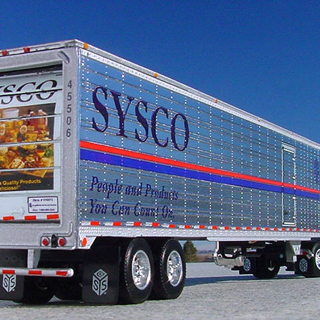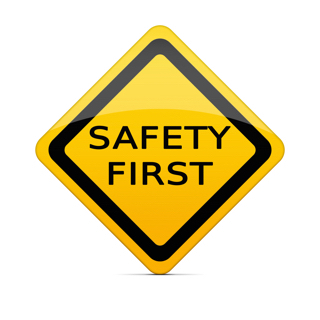Title Page
-
Driver Name
-
Observation Type
- 30 Day
- 60 Day
- 90 Day
- Post Incident
- Quarterly
-
Conducted on
-
Prepared by
-
Location
-
Route Number, Tractor Number & Trailer Number
Starting Your Route
-
Driver arrives to work on time
-
Proceeds directly to hand truck area & puts equipment on trailer in a secure manner
-
Check load condition and verify route
-
Couples and completes a thorough pre-trip inspection
-
Leaves yard in a timely manner
Driving
-
Driver uses seatbelt continuously throughout the trip
-
Driver displays safe driving habits throughout the route
-
Follows all city, state and fedreral laws govering commercial driving
Smith System "The five keys to safe driving"
-
Aim high in steering
-
Get the big picture
-
Keep your eyes moving
-
Leave yourself an out
-
Make sure they see you
-
Employee able to recite the 5 Smith Keys
Backing
-
Avoids backing when possible
-
G.O.A.L. Get Out And Look
-
Aware of surroundings while backing
-
No more than one mph while backing
-
Employee knows the meaning of G.O.A.L.
-
If applicable, did driver utilize their safety cone while backing?
Arriving and Leaving
-
Drives with extreme caution while entering, on and exiting the customer's property
-
Checks all clearances above, below, behind, in front and sides of vehicle
-
Uses four way flashers
-
Secure load, ramp, side steps and doors
-
Check front, back and both side of vehicle prior to entering vehicle when leaving stop
Delivery
-
Driver uses a 3 point stance when entering and exiting the tractor and trailer
-
Driver performs warm up procedures
-
Driver turns off ignition and removes key while not in vehicle
-
Driver safely extends ramp and attaches it to rear of trailer (uses both hands, etc.)
-
Trailer is clean and free of debris
-
Driver organizes and down stacks load throughout the day
-
Driver demonstrates proper lifting procedures
-
Is the driver safe or at risk for injuries associated with improper lifting?
-
Aware of postion in trailer - Maintains a safe distance from the rear and side door
-
Driver has two-wheeler properly loaded
-
Driver proceeds down ramp forward (never backwards) and in a safe manner - Realease two-wheeler if control is lost
-
Observe delivery path, steps, ramp and delivery door for adverse conditions before and while delivering - Remove or report hazards
-
Driver goes up and down steps in a safe manner (uses legs not back)
-
Stack empty pallets flat or secure to the side of trailer
-
Driver is wearing appropriate PPE (gloves, shoes, etc.)
-
Driver safely replaces ramp in carriage (uses both hands, lifts with legs not back, etc.)
General Assessment
-
Driver is properly uniformed for work and is clean and neat
-
Driver proceeds to customer, runs route as scheduled
-
During the observation, driver exhibited a positive and safe attidue
-
Drive is aware of his surroundings at all times
-
Was the delivery free from any equipment problems, barriers or significant delays?
-
Pictures
Load
-
Zoning and Label Placement
- Good
- Bad
-
Damaged Product
-
Blankets on Cooler Pallets
-
Load Straps
-
Pallet Jack
DOT/Safety Checklist
-
Valid Medical Card
-
Valid CDL
-
Valid Vehicle Registration
-
2016 Accident Kit
-
Valid Insurance Card
-
Telogis Law Enforcement Card
-
FMCSR Book - Must be dated February 2016 or later
-
2012 ERG Book
-
Spill Kit
-
Reflective Triangles
-
Fire Extinguisher
-
DVCR Book
-
Log Book
-
Cab Clean
-
Valid Tractor Annual Inspection
-
Valid Trailer Annual Inspection
Comments & Signature
-
Comments
-
Employee Signature
-
Supervisor Signature








